POMIET's research into data visualization of Alzheimer's and dementia-related analysis offers new avenues for exploration, diagnosis, and treatment.

Data Visualizations That Elevate Alzheimer's And Dementia Research
Article Mar 22, 2024
Lisa Douglas
You may hear the words "data," "analytics," or "statistics" tossed around as the key to success in the medical field, but pure numerical results are nothing without visualizations. Data visualization enables researchers to make sense of immense and intricate datasets by transforming them into viewable representations that are easier to comprehend and interpret. This allows for the identification of patterns, trends, and anomalies that may not be apparent in raw data alone, and when it comes to Alzheimer's or dementia research, finding anomalies in the brain is crucial for doctors.
At POMIET, we've been honing the technology at our disposal to support doctors in this vital field of research and have found particular visualizations helpful in explaining the data.
Key Visuals That Improve Research
Cognitive Performance Graphs
Because Alzheimer's and dementia are brain diseases, doctors need diagrams that explain their patient's mental data in understandable forms. The first category of visualizations that bring life to the numbers are graphs that show cognitive performance across time and sections of the brain.
Line Charts
Line charts are widely employed in cognitive performance research because of their ability to display continuous data points over a specific time period. A simple plot of cognitive test scores or measures of cognitive performance on the y-axis and time on the x-axis lets researchers observe the trajectory of decline, notice patterns, and review the rate of cognitive deterioration in an Alzheimer's patient. By assessing those same data points before and after treatment, researchers can observe if there are any positive or negative effects.
Bar Charts
A bar chart compares cognitive performance across different domains, such as memory, attention, language, and executive function. Each domain's performance is represented with a bar, letting researchers identify areas of relative strengths and weaknesses in individuals or groups.
For example, each bar can represent performance scores on different memory tasks to assess an individual's memory capabilities. By displaying average scores or summary statistics as bars, data analysts can easily communicate essential information regarding group performance, treatment effects, or the impact of interventions to doctors, researchers, or patients.
Brain Imaging Results
Alongside the two-dimensional graphs of performance data are imaging visualizations, transforming results into 3D or 3D-like views of the brain for more location-based research.
Heatmaps
Heatmaps are color-coded gradient maps indicating the intensity or density of specific brain abnormalities. In the context of Alzheimer's and dementia, this provides doctors with a visual representation of areas in the brain where abnormal activity may occur. An analysis of a well-built heatmap shows doctors the brain regions most affected by Alzheimer's or dementia-related pathology, such as reduced metabolism or impaired connectivity.
3D Brain Renderings
It's possible to create three-dimensional renderings of the brain's structure using advanced computer imaging techniques. With a full 360° view of a patient's brain, these renderings can highlight areas of brain atrophy, ventricular enlargement, amyloid plaques, and neurofibrillary tangles.
By visually assessing the structural alterations, doctors can better understand disease progression and tailor their treatment plans to the patient's unique needs. In certain situations, 3D brain renderings even assist doctors in planning surgical interventions, providing detailed information about the affected regions and their spatial relationships with critical brain structures.
Genetic Association
Within Alzheimer's and dementia research, doctors try to identify specific genetic variants or mutations associated with the disease, which leaves the genetic data in the hands of analysts.
Manhattan Plots
Manhattan plots are commonly used in genetic association studies to visualize the results of genome-wide association analyses. These plots display the p-values or logarithms of odds ratios (LOD scores) of each genetic variant across the genome. Variants that pass a predetermined significance threshold appear as peaks or dots above a horizontal line. With this plot, doctors can easily identify regions of the genome where potential risk or protective genetic variants reside.
Circos Plot
To provide a holistic view of genetic associations, interactions, and relationships, circular visualizations called Circos plots are essential. These plots display the connections and relationships between genetic variants and genes, a complex interaction that helps find Alzheimer's or dementia indicators.
Doctors can overlay information such as gene expression, DNA methylation, or protein-protein interactions onto the Circos plot for a more comprehensive view of the multifaceted aspects of genetic associations. Overall, this visualization illuminates a deeper understanding of the biological processes underlying Alzheimer's and dementia and aids in identifying potential therapeutic targets.
We Can Overcome Alzheimer's And Dementia
Data visualizations keep revolutionizing Alzheimer's and dementia research, offering new avenues for exploration, diagnosis, and treatment. With POMIET researching the advancements in this field, there is every reason to be hopeful and excited about the positive impact these visualizations will have on doctors' ability to enhance patient care, accelerate scientific discoveries, and chase down a world without the pain of Alzheimer's and dementia.
Looking for a guide on your journey?
Ready to explore how human-machine teaming can help to solve your complex problems? Let's talk. We're excited to hear your ideas and see where we can assist.
Let's Talk